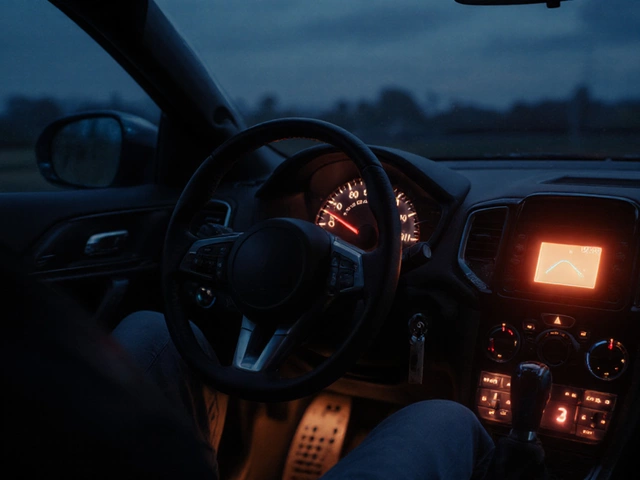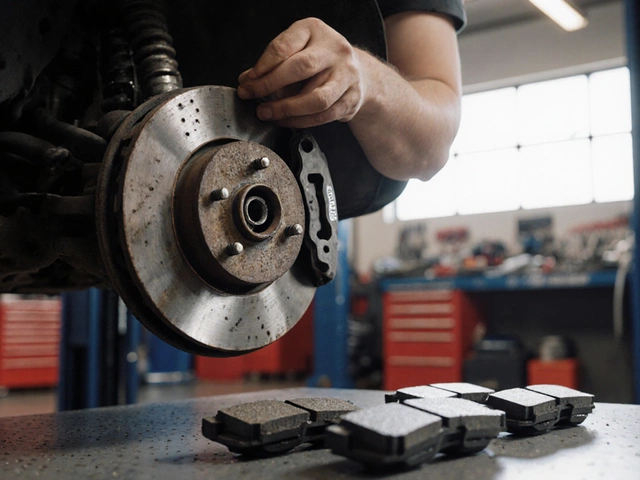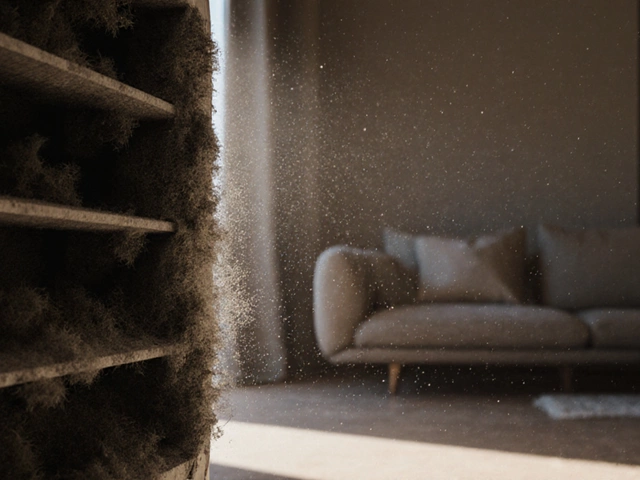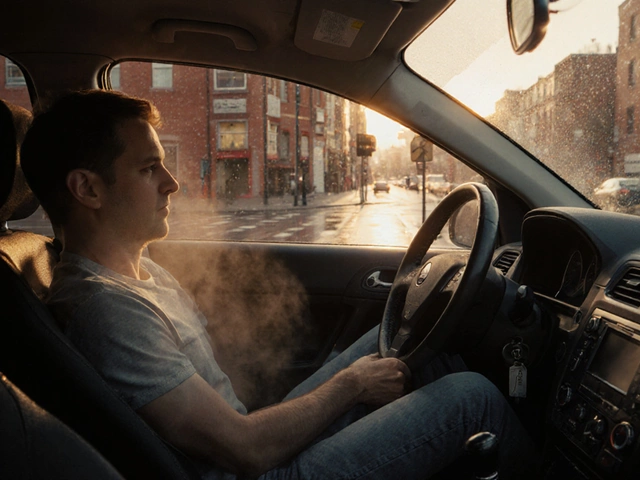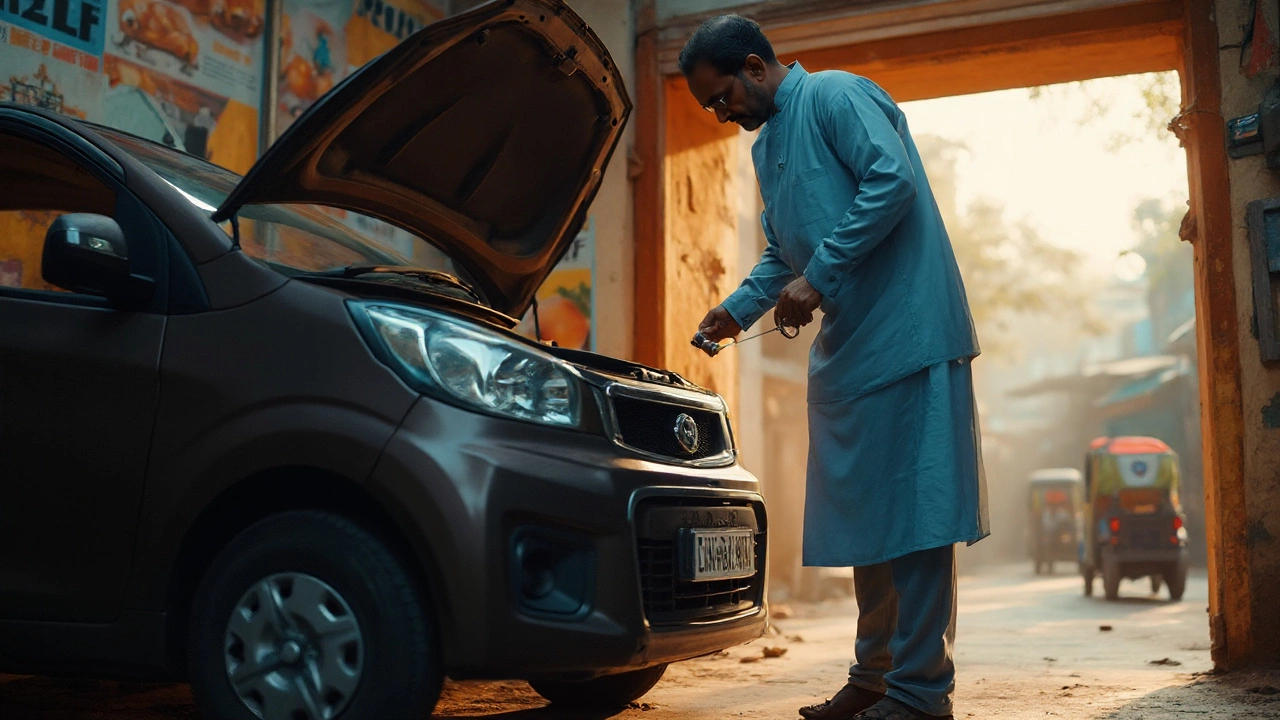
Brake Pads: What They Are, How They Wear, and When to Replace Them
When you press the brake pedal, brake pads, thin friction materials that clamp down on the rotor to slow your vehicle. Also known as brake linings, they’re one of the most worn-out parts in your car—yet most drivers don’t check them until it’s too late. Without them, your brakes don’t work. Not well. Not safely. Not at all.
Brake pads don’t last forever. They wear down every time you stop, and how fast they go depends on your driving style, your car’s weight, and the material they’re made from. Ceramic pads last longer and are quieter but cost more. Organic pads are softer and cheaper but wear out faster. Semi-metallic pads handle heat better, which is why they’re common in SUVs and trucks. Brake rotors, the metal discs the pads press against can get damaged if pads are ignored—leading to expensive resurfacing or full replacement. And if you hear a high-pitched squeal, that’s not your car singing—it’s the wear indicator tab scraping the rotor, begging you to act.
Brake fluid, the hydraulic fluid that transfers force from your pedal to the pads also plays a role. Old, dirty fluid doesn’t transfer pressure well, which means your pads have to work harder. That speeds up wear. And if you feel vibration when braking, it’s not just the pads—it could be warped rotors, uneven pad material, or even a stuck caliper. All of these are connected. All of them matter.
You don’t need a mechanic to spot early signs. Listen for grinding (metal on metal—that’s bad). Watch for longer stopping distances. Check the pad thickness through the wheel spokes—if it’s less than a quarter inch, it’s time. And if your dashboard lights up with a brake warning, don’t ignore it. Brake pads are not a "maybe" repair. They’re a "right now" safety issue.
Replacing them isn’t always expensive, but the cost varies wildly. For a compact car, you might pay under ₹4,000 for all four pads. For a luxury SUV? It could hit ₹15,000 or more. Labor adds to it, but you can often save by buying your own pads and having a shop install them. Just make sure the pads match your vehicle’s specs. Cheap pads might save money now but cost you in noise, fade, or premature rotor damage.
What you’ll find below isn’t just theory. It’s real-world advice from people who’ve been there: the squeal that turned into a repair bill, the cost breakdown for a full brake job, the signs you missed before it got dangerous. We’ve pulled together every post that matters—how to tell if your pads are worn, what 4 pads should actually cost in 2025, and why skipping this check could cost you far more than the price of new pads.
-
25 Sep

-
15 Jun

How Often Should Car Brake Pads Be Replaced? Real-World Answers
Brake pad replacement doesn't follow a one-size-fits-all rule—factors like your driving habits, the kind of car you have, and even the roads you hit make a big difference. This article lays out how often you really need to change your brake pads, what signs tell you they're worn out, and ways to make them last longer. You'll find hands-on tips for keeping your brakes in top shape and facts that might surprise you about brake pad wear. Staying on top of brake maintenance means safer drives and less cash wasted. Get straight talk on exactly when you should swap those pads out. -
3 Jun
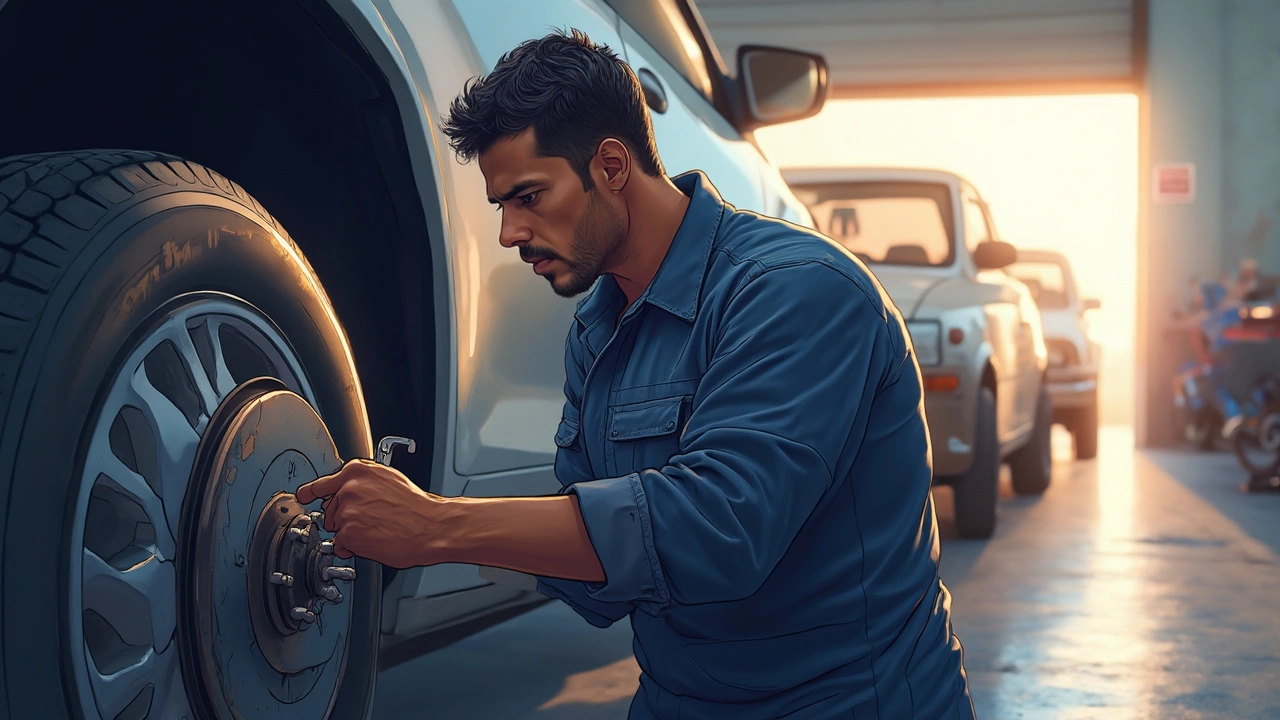
How Long Do Rotors Last? Real-Life Answers and Tips
Wondering how long rotors actually last? This article breaks down what affects rotor lifespan, how to spot when they’re worn out, and how you can make them go the distance. You’ll learn signs of problems and get real-world examples so you can keep your brakes in top shape. Plus, there are some easy maintenance tips that you can actually use. No fluff—just facts and practical advice. -
3 Jun

Brake Pads Worn? How to Spot the Signs Early
Wondering if your brake pads are done for? This article spells out the real signs your brake pads are worn—without the guesswork. Learn the warning clues from odd noises to changes in how your car feels when stopping. Get straight talk about what to look for before things get dangerous. I'll help you catch issues early and keep your ride safe. -
18 May

Brake Pads vs. Rotors: Can You Change One Without the Other?
Wondering if you can swap out just your car's brake pads and leave the rotors alone? This article breaks down when it's safe (and smart) to just replace pads, the signs your rotors need attention, and how skipping rotor replacement might affect your brakes. You'll get quick tips for checking rotor condition, plus how shops decide when to upsell you on extra repairs. Learn how to make the best call for your car, your wallet, and your safety. -
13 May
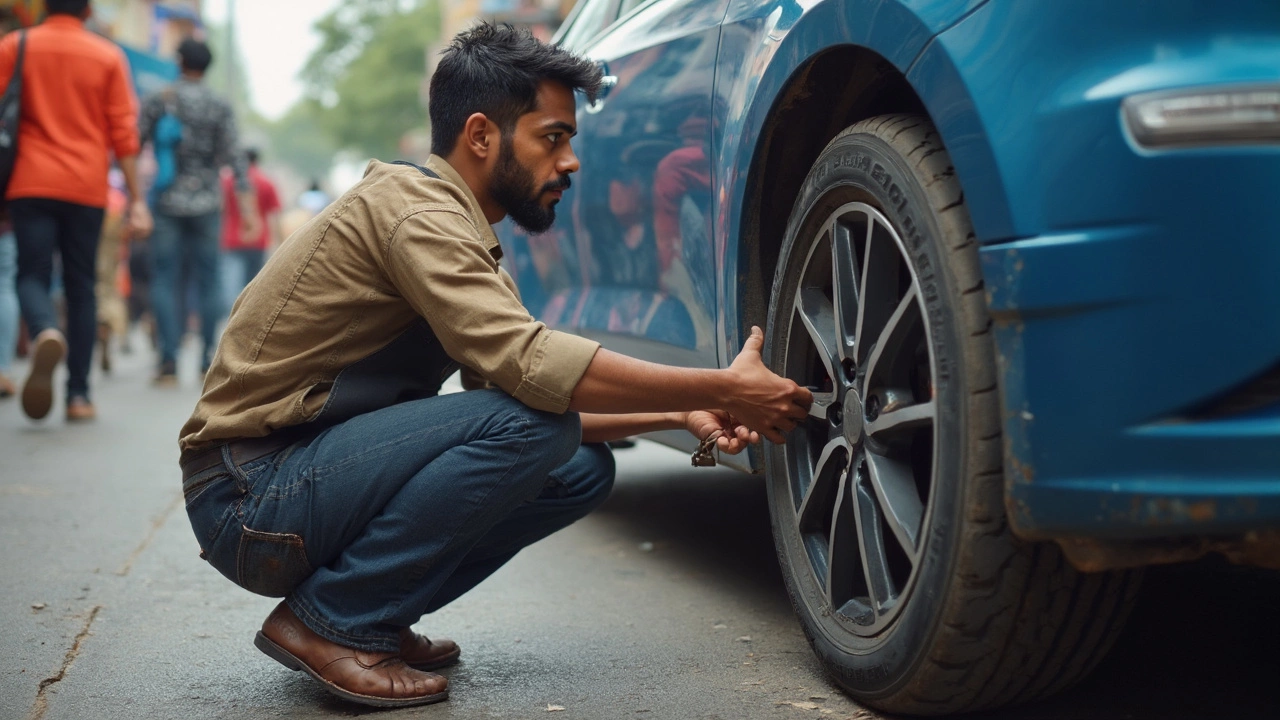
Front or Back Brake Pads: How to Tell the Difference Fast
Ever wondered if it’s your front or back brake pads that are wearing out? This article breaks down the dead giveaways, explains why it matters, and shows you what to check for. Learn which axle handles more braking force and see what signs point to the front or back pads. With a few simple checks, you’ll be able to spot the culprit without making common mistakes. Plus, find practical tips to stay ahead of maintenance costs and keep your car safe. -
5 May

Grinding Brakes: Is It Safe to Drive When Brake Pads Are Shot?
When your brakes start grinding, you're dealing with a problem that's more than just annoying—it's actually a big safety risk. This article breaks down what causes grinding brakes, the dangers of driving with worn pads, and how to spot the signs before things get worse. Expect practical advice, clear explanations, and some hard truths about the cost of ignoring those scary sounds. Don't wait for a breakdown or an accident to take action. If your brakes are grinding, here's what you need to know right now. -
23 Mar
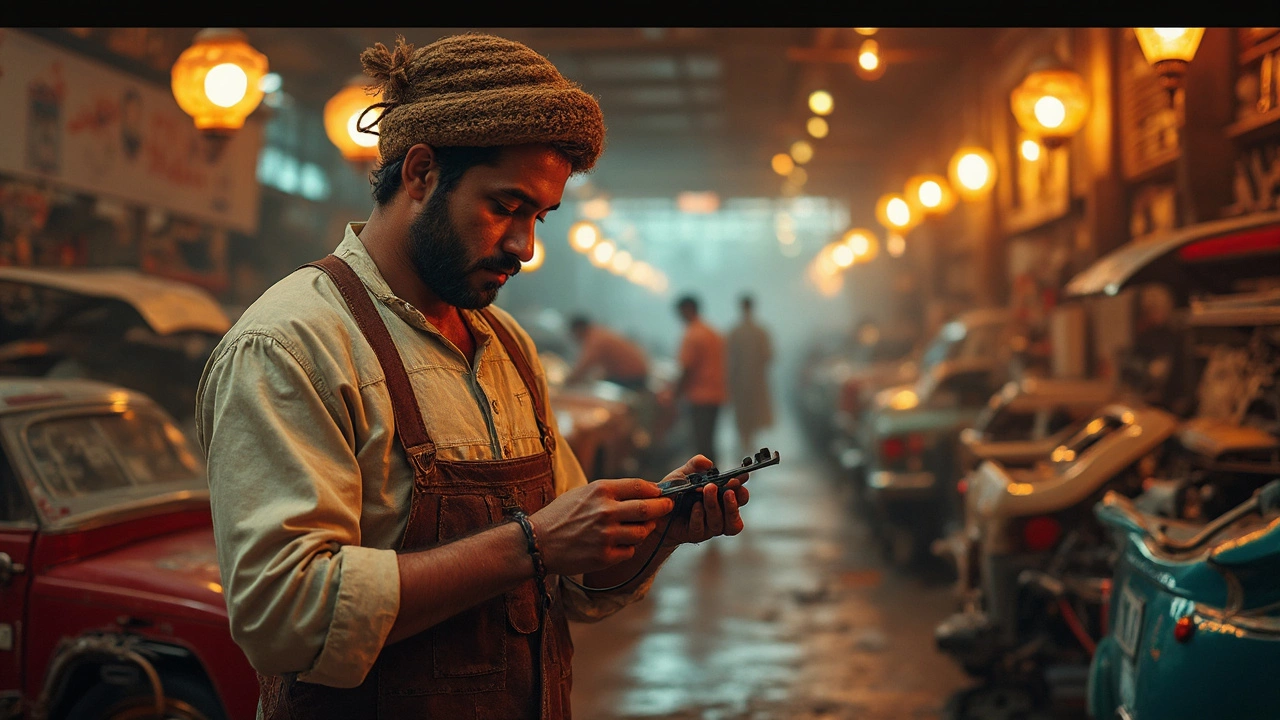
How to Tell If Your Brake Pads Need Replacing
Brake pads are essential for your car's safety. Knowing when they need replacing can save you from costly repairs or dangerous situations. This article explains telltale signs and simple checks to determine whether your brake pads are worn out. Learn to conduct basic inspections without the need for costly equipment. Staying on top of brake maintenance ensures peace of mind and safety on the road.

